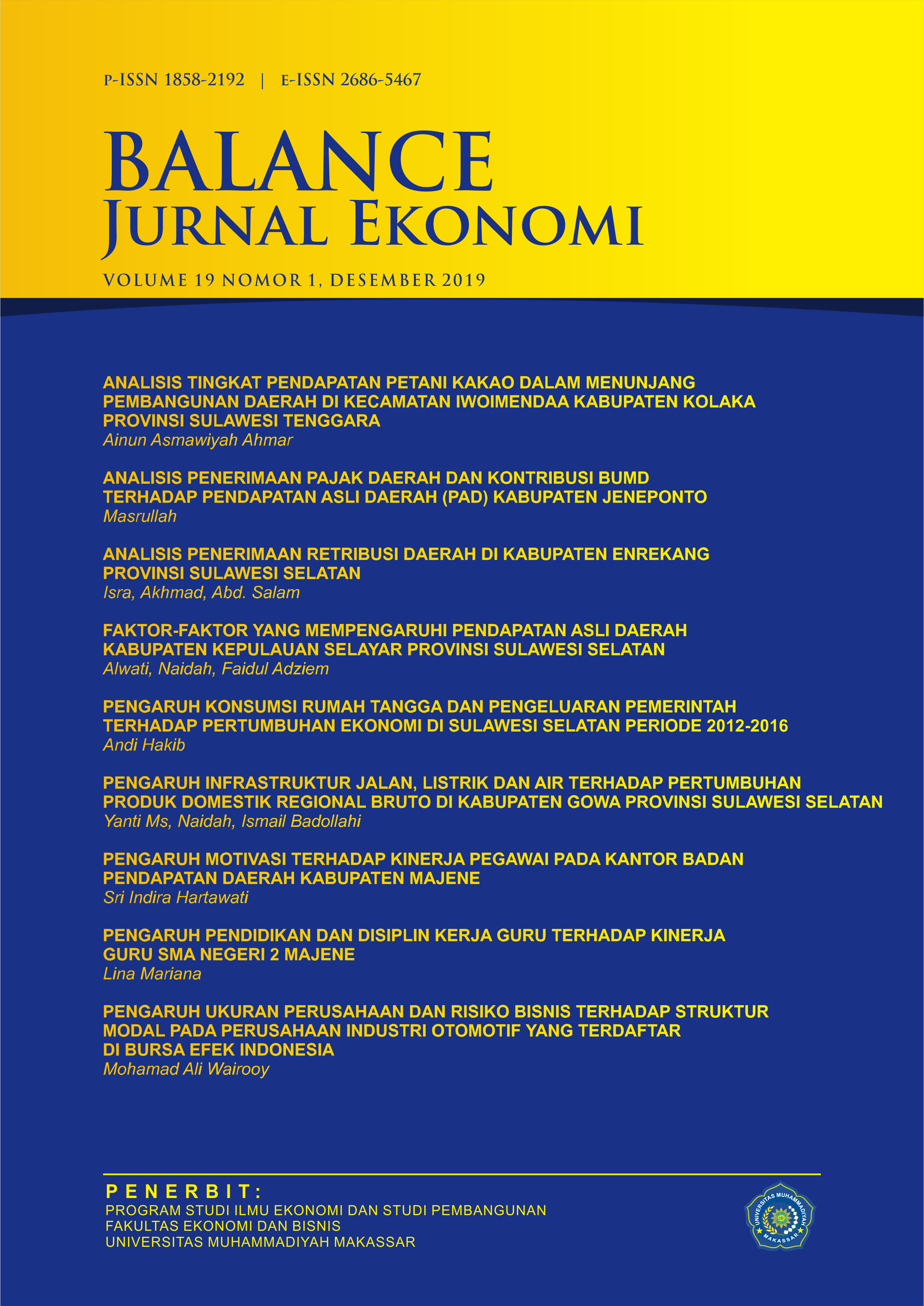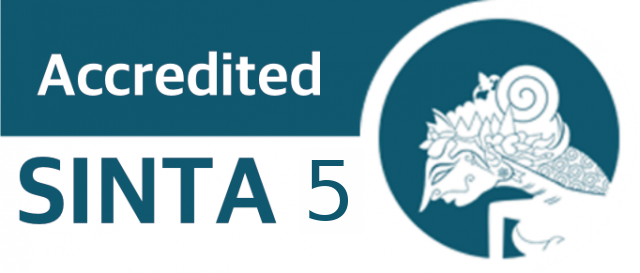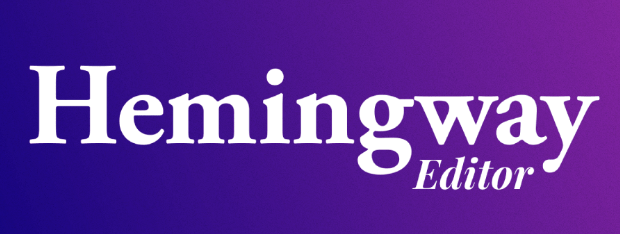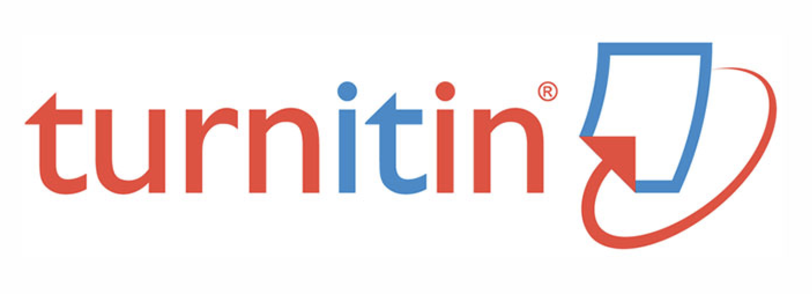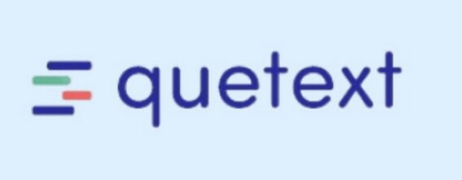Strategi Pengembangan Sumber Daya Manusia Di Dinas Perhubungan Komunikasi Dan Informatika Kabupaten Bulukumba
DOI: https://doi.org/10.26618/jeb.v7i2.1112
Human Resources Development
Abstract
The purpose of this research is to know the influence of human resources development strategy through disciplinary development, education and training, compensation, creation of conducive working atmosphere, and leadership on employee performance in Bulukumba District Office of Communication and Informatics. To determine the most dominant variable influence on the performance of employees in the Department of Transportation Communications and Informatics Bulukumba District.
The results of the study concluded that (1) improving the quality of apparatus / employee resources is an absolute requirement that must be done by the government in spurring the performance of employees for the achievement of organizational goals. Improving employee performance requires careful planning along with consistent and firm disciplinary enforcement programs; programs to improve the quality, skills and skills of employees through continuous and proportional education and training; program to improve the quality of the working environment by completing supporting facilities and infrastructures that can support the comfort and harmonization of the relationship between the leadership and subordinates; unlimited provision of compensation in financial form; and accommodative leadership support. (2) performance improvement program of employees, especially at the Department of Transportation of Communication and Information of Bulukumba District. is a construct that is multidimensional. Employee performance can only be enhanced by blending carefully all the factors that can create order, increase work motivation, and gain employee understanding of the main task and function. (3) key factors of the effort to improve the performance of employees at the Department of Transportation Communication and Information Bulukumba District. is through activities that can arouse personal awareness of each employee to the task and function. This can be done through the improvement of knowledge, skills and skills by conducting education and training that is directed, sustainable and equitable for all employees because the emergence of personal awareness by itself will create regularity and increase employee performance.
References
Bungin, Burhan, 2006, Metodologi Penelitian Kuantitatif: komunikasi, Ekonomi, dan Kebijakan Publik serta Ilmu Ilmu Sosial lainnya, Jakarta :Kencana.
Fathoni, Abdurrahman, 2006, Manajemen Sumber Daya Manusia, Jakarta : Rineka Cipta.
Gomes, Faustimo Cardoso. 2003. Manajemen Sumber Daya Manusia, Edisi II, Andi Offset, Jakarta.
Mathis dan Jackson, 2001. Manajemen Sumber Daya Manusia, Salemba Empat, Jakarta.
Mustopodidjaja, 1999. Perencanaan Peningkatan Kinerja, Lembaga Administrasi Negara Republik Indonesia, Jakarta.
Mangkunegara, Anwar Prabu, 2011, Perencanaan dan Pengembangan Sumber Daya Manusia, Bandung : Reflika Diatama.
Notoatmodjo, Prof Dr. Soekidjo, 2011. Pengembangan sumber Daya Manusia, Jakarta : Rineka Cipta.
Sastradipoera, Komaruddin, 2002, Manajemen Sumber Daya Manusia : suatu pendekatan fungsi operatif. Bandung : Kappa-Sigma.
Simamora, Bilson, 2011, Penilaian Kinerja dalam Manajemen Perusahaan, Jakarta : Gramedia Pustaka.
Sugiyono, 2005, Metode Penelitian Administrasi, Bandung: PT Alfabeta.
Sulistiyani, Ambar T & Rosidah, 2011, Manajemen Sumber Daya Manusia: Konsep, teori dan Pengembangan dalam Konteks Organisasi Publik, Yogyakarta: Graha Ilmu.
Suprihanto, John, 2001, Penilaian Kinerja dan Pengembangan Karyawan, Yogyakarta: BPFE.
Thoha, Miftah, 2005, Manajemen Kepegawaian Sipil di Indonesia, Jakarta: Kencana.

